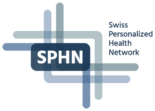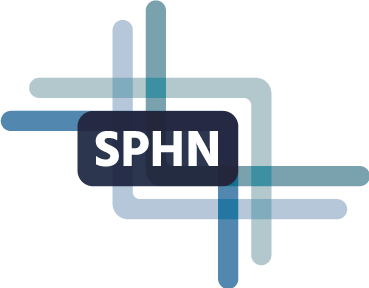LOINC for Swiss laboratories (L4CHLAB)
Project consortium: Prof. Christian Lovis (university hospitals and university of Geneva), Prof. Nicolas Vuilleumier (university hospitals and University of Geneva), Prof. Alexander Leichtle (university of Bern and University hospital of Bern), Nicolas Rosat (university hospital of Vaud), Dr. Michel Rossier (Hôpital du Valais), Dr. Isabelle Dupanloup Duperret (Swiss Integrative Center for Human Health, Fribourg).
The project was endorsed by FAMH, the medical association of swiss laboratories.
Main achievements
The objective of the project was to improve interoperability in the field of laboratory medicine in Switzerland at promoting the adoption of LOINC, a globally recognized standard in the field.
The consortium has produced a process to ease, facilitate and normalize the encoding of laboratory analysis based on the instruments used to do these analysis. This process is colled the «triplet» approach: intrumentation- analytical kits – analysis. It is manufacturer driven so that it is also promoting the adoption of this encoding directly by manufcaturers to alleviate the load of opertational laboratories. The consortium has also produced a strategy white paper explaining in detail the process.
The consortium has provided several batches of preencoded triplets based on this strategy and validated by the university hospitals of Geneva (HUG), hospitals of Wallis and university hospitals of Vaud and Bern, thus covering labs of more than 20 hospitals.
This pre-encoded list has been endorsed and published by FAMH, it is also part of the SPHN standards.
Reusable infrastructure and datasets
Standardized encoding for laboratory
The consortium delivered 3 products:
- A strategy facilitating adoption by labs and industry and easing scalability and sustainability.
- A mapping file allowing immediate use that has been endorsed by FAMH.
- A funding from FAMH to continue the mapping after the end of the SPHN project.
Available resources
The mapping file and associated documents are available on the SPHN documentation and on the FAMH website.
Follow up projects – continuation – next steps
This project plays a major role in easing interoperability to identify laboratory analysis, based on the largest used standard in the world, LOINC. Being endorsed by FAMH and SPHN, it should become a mandatory standard for all participants of SPHN.
The work is continuing beyond the SPHN funding, notably supported by FAMH, but also the participating members of the consortium.
The process should now also cover the representation of the results of the analysis, such as using SNOMED-CT.
Watch the SPHN webinar
Providing a proper and interoperable encoding of laboratory analysis is more difficult than it seems. This is one of the reasons why the adoption of LOINC, the usual standard used for most analyses, is so slow. As a first step, the reason slowing the adoption has been analyzed and it has been found that LOINC best describes both pre-analytical and analytical phases.
Disclaimer: The contents on this website are intended as a general source of information and have been provided by the project PIs. The SPHN Management Office is not responsible for its accuracy, validity, or completeness.

